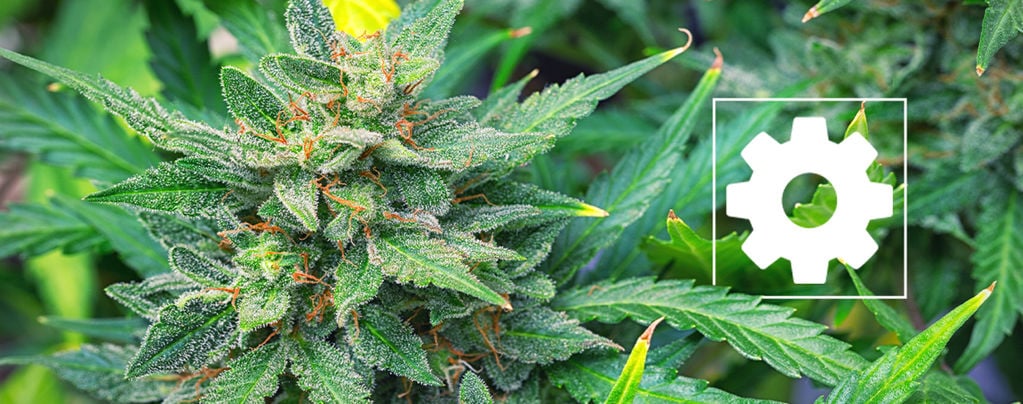
Are Autoflowering Cannabis Strains Less Potent Than Others?
Are autoflowers really less potent than photoperiod cannabis strains? We’ll uncover the truth about autoflowers and their potency in this article.
Many cannabis growers these days are growing autoflowers, and for a whole lot of good reasons. Despite their increasing popularity, though, there are still plenty of myths and misconceptions about these convenient cannabis strains.
One of these is that autoflowering cannabis is less potent than the photoperiod counterpart. Surprisingly, it’s not just new growers who are spreading this myth. But, to be honest, there is indeed a bit of truth to these stories.
The Components Of Autoflowers
To get to the bottom of the potency myth, it’s worth taking some key facts into account.
The Autoflowering Component: Cannabis Ruderalis
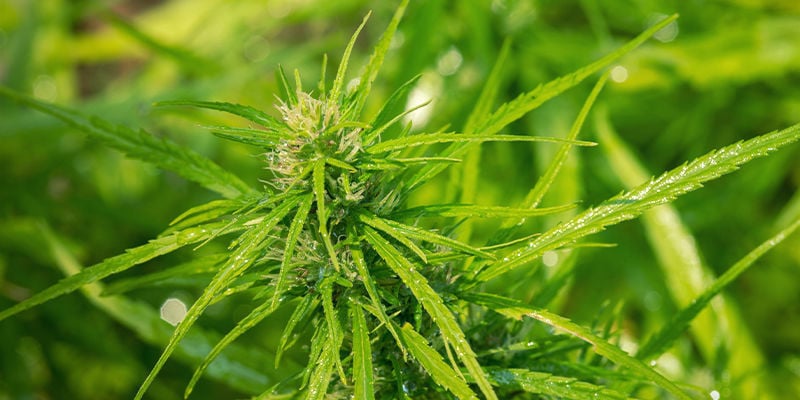
One important bit about autoflowers is hidden in their genetics. See, they’re bred using a special type of cannabis called Cannabis ruderalis, which is a wild species that grows in Siberia and other similar regions of the world.
Ruderalis, unlike normal photoperiod cannabis, flowers automatically. In short, that means it doesn’t wait for an adjustment daylight hours to begin flowering. The species developed this trait by growing in regions with long hours of daylight during the arctic summer.
On its own, Ruderalis is quite the unspectacular type of weed. It has mild effects when smoked as it contains only low amounts of cannabinoids and terpenes. Plus, the plant grows very small with minimal yields.
But where it all gets interesting is that Ruderalis can be crossed with other cannabis strains to make them autoflowering.
THC/CBD Rich Photoperiod Cannabis Plants
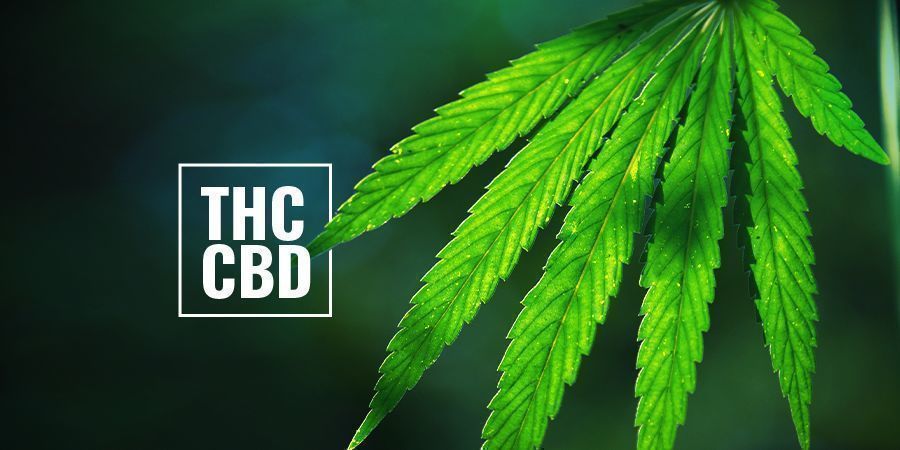
When breeders discovered that they can turn classic cannabis strains into autoflowers it was a revolution for cannabis cultivation. All of a sudden, it was possible to grow cannabis without the inconvenience of needing to switch light hours to get them to flower, which is needed for feminized/photoperiod cannabis..
The new autoflowers also had other interesting characteristics: They were growing much faster than photoperiod cannabis plus they stayed at a nicely compact size, ideal to grow them indoors.
There was only one problem: The first autoflowers (which arrived on the market around 2005) were indeed not very strong, and their yields had been measly compared to photoperiod cannabis. Cannabis enthusiasts scoffed at them and didn’t take them too seriously.
However, all this was about to change…
The Result Of Modern Crossbreeding: Potent Autoflowers
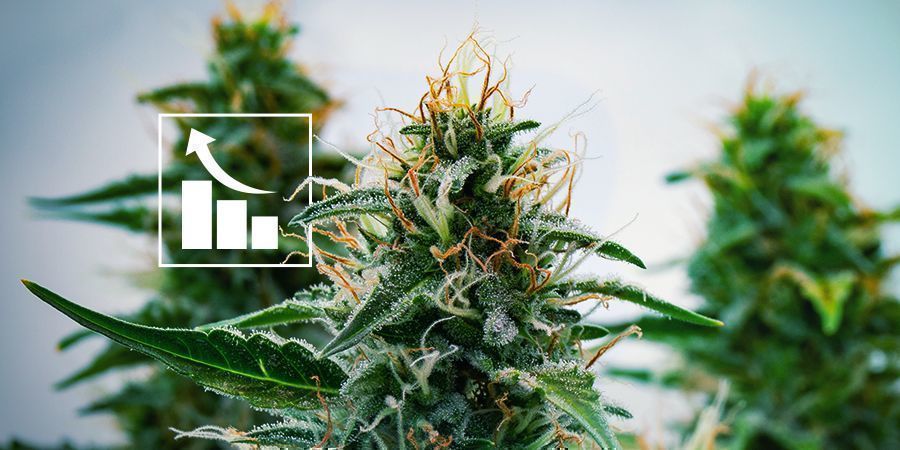
As breeders got more skilled crossbreeding Ruderalis and THC/CBD-rich photoperiod plants, they created more, and increasingly better, potent strains that could flower automatically.
Yes, it is true that autoflowers had been inferior and less potent in the past, but that’s not the case anymore. Today, some autoflowers outshine even some classic photoperiod varieties when it comes to potency, yields and flavours.
Other Often-Heard Rumours About Autoflowers
Autoflowers not being as strong as “ordinary” cannabis isn’t the only myth about them. Let’s take a look at some more misconceptions that have made the rounds.
Autoflowers Produce Lower Yields
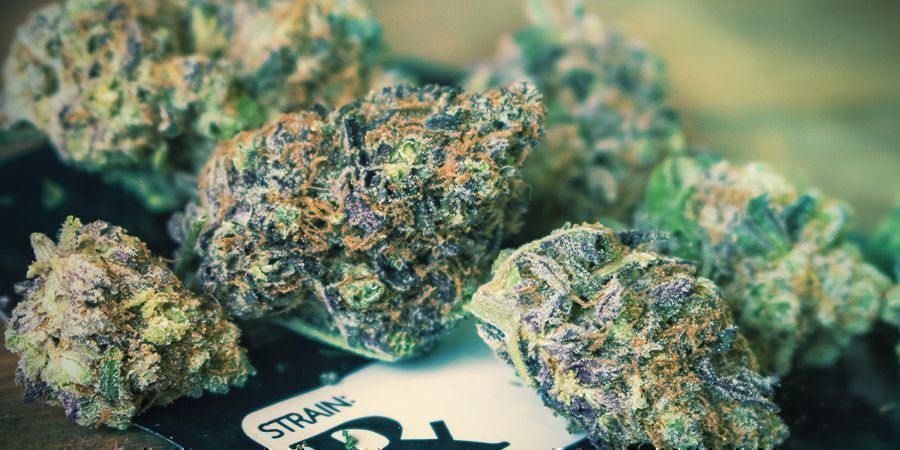
Although autoflowers generally produce slightly lower yields, they do produce a lot more than in the past. Certain “XL” autoflowering varieties pretty much reach the size of feminized cannabis so that their yields are on par with normal cannabis plants.
Likewise, even with the compact size of many autoflowering varieties, growers don’t need to compromise with low yields. There are various ways growers can optimize yields with small plants, which we’ll explain later.
No Yield Boosting Techniques Possible
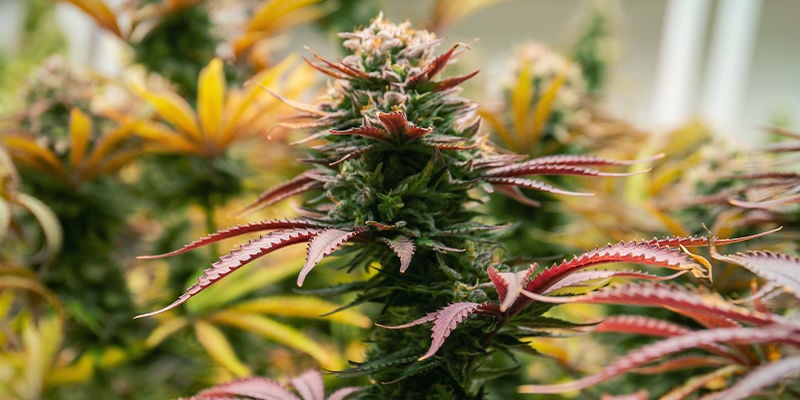
It's often said that autoflowers don't cope well with advanced techniques. This is true for training techniques that involve damage to plants, like topping, trimming, fimming, cutting, etc. But autoflowers respond well to Low Stress Training (LST), although the period when it can be applied is shorter than otherwise.
Likewise, SOG (Sea Of Green) is another yield-boosting technique that can provide the cultivar massive yields even with small plants. SOG essentially means growing many smaller plants in a “sea of green” to max out yields for a given grow space. Essentially, more plants make up for lower yields of individual plants.
They Need 24 Hours of Light
You can grow your autoflowers with 24 hours of light when you grow indoors, but you don’t have to. You can just as well switch to a 18/6 or 20/4 light schedule, or anything in between, if desired. The advantage of growing autoflowers indoors is the fact you can make sure they catch the maximum amount of light. This is eventually reflected in the potency of the weed.
How Growers Can Optimize THC/CBD Content In Autoflowers
Whether it is autoflowers or feminized cannabis, it’s important to realize that great weed rarely grows to perfection on its own. The grower plays a big part in the quality of the final product. When growing autoflowers, there are several methods out there to increase THC/CBD levels in your plants.
Use The Right Soil And Container
Autoflowers prefer particularly airy and well-draining soil. This makes it easier for the roots to grow, promoting faster growth and larger/healthier plants.
When using ordinary potting soil or soil for feminized cannabis plants, adding some extra perlite can help make the soil more suitable for autoflowers. (You can recognize well-draining soil by its ability to quickly absorb water).
Container size is also important. If the container is too small, your plant won’t be able to grow to its full potential. If it is too large, it can also lead to issues during growth and suboptimal yields.
But what is the optimal container size for autoflowering cannabis? Generally, 7–10 litre pots work well for autoflowers, depending on their final size (not all strains grow to the same height). There is usually no need to grow in pots larger than 15L, otherwise one would just waste nutrients and water without any benefits.
Fabric pots, in particular, are a great choice when growing autoflowers. These types of pots are made from textile material that allows water and air to permeate. By using fabric pots, the roots of the plants are naturally “air pruned” when they reach the sides, and plants won’t ever “outgrow” their pot. These features greatly benefit the growth and health of the plants. In addition, fabric pots provide optimal drainage, and make it pretty much impossible to overwater.
Use An Optimized Light Schedule
As laid out earlier, the right light schedule can play a big role in the final potency of cannabis.
For autoflowers, it means that it is best to choose a minimum of 18 hours per day if one wants decent results at harvest time. Of course, one can always experiment with light hours including 24 hours of light per day.
Moreover, the quality of the grow lights being used will also have a marked effect on yields, potency and aroma. Don’t expect monster-yields with mega-potency from a bargain under-powered grow light of low quality. Many of these cheap lights make great starter lights if one is on a budget, but that’s really all there is to them. Investing in a decent, powerful grow light that can provide adequate amounts of lights in flowering will pay off.
Pick The Perfect Period To Grow Outdoors
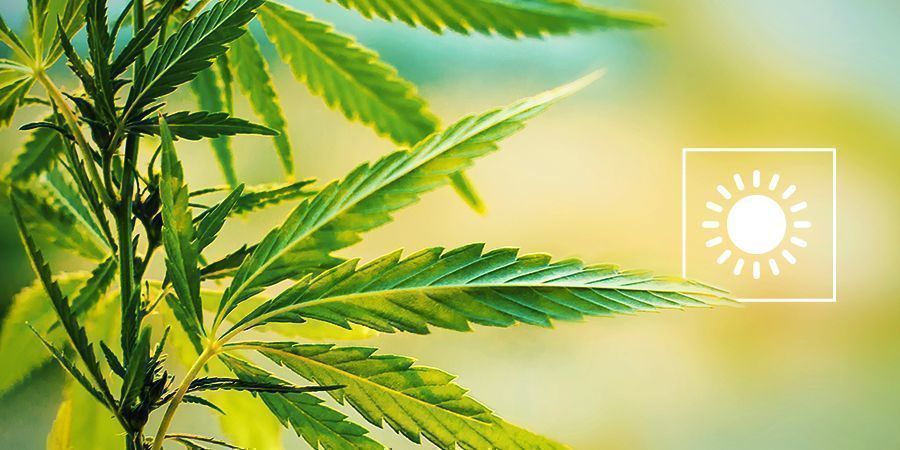
Autoflowers can be grown outdoors regardless of the seasons, since they don’t rely on daylight duration like photoperiod cannabis does.
This also means that outdoor cultivators can choose an optimal planting time with more sunshine hours. Simply spoken, when grown during the summer months (longer days = more light), one can expect better yields and more potent cannabis.
Depending on location and local climate, some experimentation with growing autoflowers outdoors may be in order. Not all varieties necessarily cope well with the high temperatures and scorching sun in the summer months. That’s especially true if one is growing in the south of Europe, particularly in regions like Spain. In such cases, planting autos earlier in spring or later in fall may give better results.
Optimize pH Levels
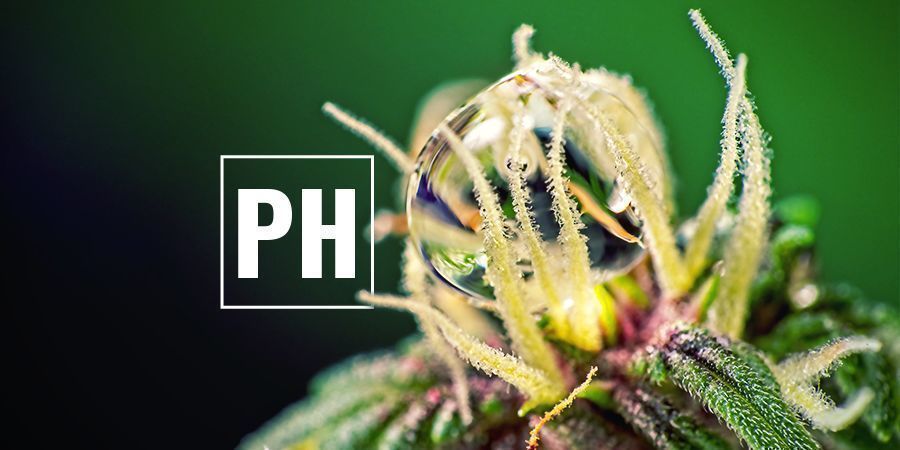
Keeping an eye on the correct pH value for water or nutrient solution is essential for the development of your plants. In this aspect, autoflowers are not different to feminized cannabis.
Why is pH so important? Well, cannabis is only able to take in nutrients within a certain pH range. If the pH is off (either too high or too low), nutrient deficiencies will occur, and your final results will be poor. More likely even, your plants will get severely sick, and you may not even be able to enjoy a harvest.
When growing in soil, the optimal pH value is from 6.0 to 7.0pH. When growing hydroponically or in coco, the pH should be from 5.5 to 6.5pH.
Most of the time, tap water won’t be at an optimal pH for cannabis. By using pH Down or pH Up products, you can easily adjust pH levels to the optimal level.
Properly Water Your Plants
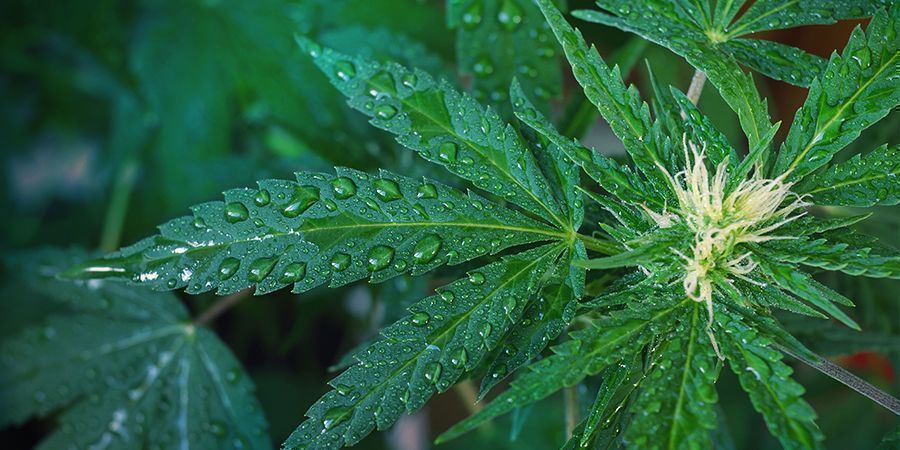
Overwatering is one of the most-common mistakes when growing cannabis. It can lead to all kinds of troubles, from nutrient lockout and deficiencies to root rot and more. To ensure a top final product with good potency, ensure you’re properly watering your cannabis. This is especially important with autoflowers: Smaller plants with a smaller root system will drink less water than their photoperiod counterparts. Thus, the risk of overwatering autoflowers is higher.
An easy but effective method for watering properly is the “Lift The Pot” method. Simply lift up the pot with the plant in it to compare its weight to a fully watered plant. In turn, you should water only when the pot feels notably light. This ensures that the soil can dry out between watering, reducing the risk for mould growth, root rot and other troubles.
As a rule, water less frequently. But, when you water, do so thoroughly. Also, you should allow the soil to soak in water entirely until you see some runoff coming out from the bottom.
Use Nutrients Modestly
Just as autoflowers need less water than large plants, they require fewer nutrients. Thing is however that most commercial cannabis nutrients will state their recommended dosages for large feminized plants and rarely for the usually much smaller autoflowers.
Therefore, we recommend you feed autos a lower dosage than the standard. Start at 25% or 50% the recommended dosages, and go from there. There’s no need to feed more if the plant doesn’t show signs of a deficiency. In fact, giving more nutrients than necessary will often do more harm than good.
Moreover, most commercial soils are pre-fertilized and contain nutrients sufficient for 3–4 weeks of growth. For autoflowers, this can mean that you may not need to feed during the entire vegetative period of the plant which will last about the same time, 3–4 weeks. You will only need to start feeding flowering nutrients once bloom sets in, at about week 3 or 4. Keep at the lower dosages as mentioned above.
Quick Responding To Deficiencies
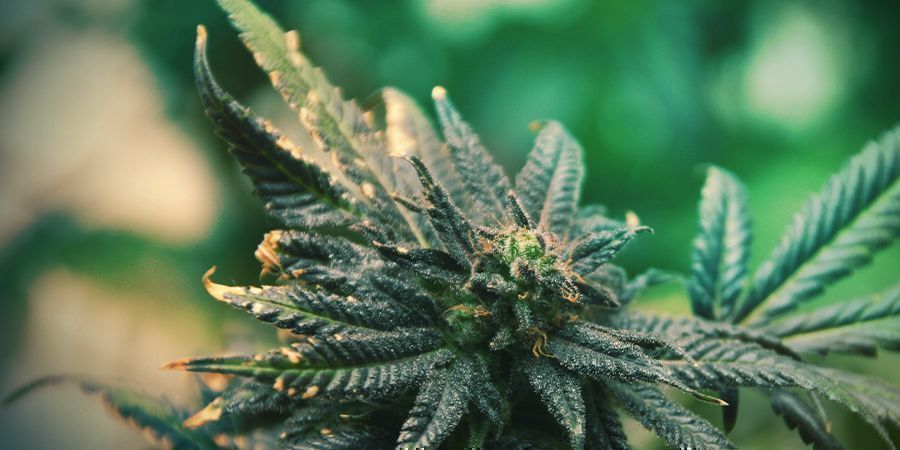
Unlike feminized cannabis plants, autoflowers don’t have time for recovery, like from nutrient deficiencies and diseases. Any type of issue encountered can slow or halt growth, which will result in poor yields and a less than optimal final product.
For that reason, the grower needs to respond quickly and effectively to any signs of a deficiency so problems can be minimized. By quickly acting and applying the right measures, plants won’t suffer too much, and that’ll be reflected in the yield and potency.
Growers should make themselves familiar with “reading” their plants so they can spot the signs of nutrient deficiencies and other problems (eg. pest infestations) early. This will allow for quicker responses that save plants from permanent damage.
Harvesting At The Right Moment
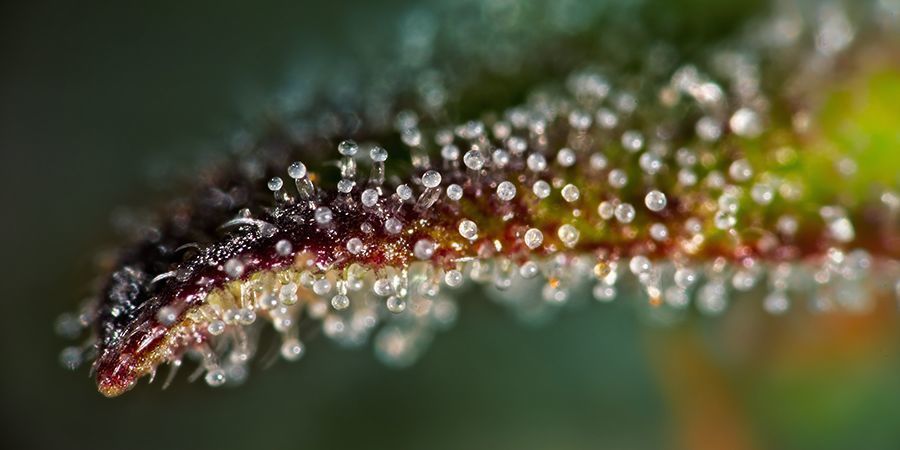
Even with a perfect growing process, harvesting at the right moment is essential for optimizing the CBD/THC content in the final product.
If you harvest buds too early, they may turn out weak, or may not have the desired effect. If you don’t harvest soon enough, though, much of the THC in the buds will have degraded, resulting in less potent cannabis. For that reason, it is important to harvest at the exact right time.
Cannabis plants, in particular the buds are covered in tiny mushroom-shaped outgrowths called trichomes. This is where the plant produces its active compounds, including THC.
The trichomes change colour depending on their THC content. To inspect them, you need a loupe or a small microscope:
- Trichomes clear: Contain no or little THC, harvest is still weeks off.
- Trichomes milky white: Peak THC production and potency.
- Trichomes are turning amber/brown: Some of the THC in the buds is degrading.
Most cannabis enthusiasts choose to harvest when a small percentage of the trichomes (10–20%) has already turned brown. This ensures that the final product will have a more relaxed, stone-y effect, which is often desired.
In contrast, harvesting when all the trichomes are still white is also possible. The effect from the cannabis is then usually more heady and psychoactive, as it will contain peak amounts of THC.
-
 4 min
March 4, 2025
Top 5 High-Yielding Autoflowering Strains
Looking for high-yielding autoflowering cannabis strains? You're in the right place! Autoflowers are easy to grow, fast, and as potent as their photoperiod counterparts. In this article, we...
4 min
March 4, 2025
Top 5 High-Yielding Autoflowering Strains
Looking for high-yielding autoflowering cannabis strains? You're in the right place! Autoflowers are easy to grow, fast, and as potent as their photoperiod counterparts. In this article, we...
-
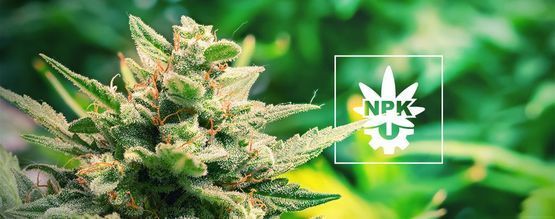 3 min
June 27, 2020
Do Autoflowers Need Nutrients?
Since autoflowers have different growing requirements than photoperiod cannabis, many growers wonder if their nutrient requirements are different too. Indeed, there are some important things to...
3 min
June 27, 2020
Do Autoflowers Need Nutrients?
Since autoflowers have different growing requirements than photoperiod cannabis, many growers wonder if their nutrient requirements are different too. Indeed, there are some important things to...
-
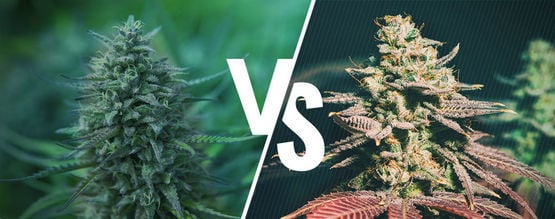 5 min
April 11, 2020
Photoperiod vs. Autoflowering Cannabis: Which Is Right For You?
Photoperiod and autoflowering cultivars are different in more ways than one. Autoflowers grow with immense speed and are easy to cultivate. In contrast, photoperiod strains offer much larger yields...
5 min
April 11, 2020
Photoperiod vs. Autoflowering Cannabis: Which Is Right For You?
Photoperiod and autoflowering cultivars are different in more ways than one. Autoflowers grow with immense speed and are easy to cultivate. In contrast, photoperiod strains offer much larger yields...
-
 2 min
June 29, 2017
Is It Possible To Take Clones From An Autoflowering Strain?
To understand the process of cloning an autoflowering cannabis plant, one must first understand what an autoflowering strain is, how it works, and why it's different from other clones.
2 min
June 29, 2017
Is It Possible To Take Clones From An Autoflowering Strain?
To understand the process of cloning an autoflowering cannabis plant, one must first understand what an autoflowering strain is, how it works, and why it's different from other clones.












 United States
United States








